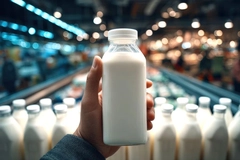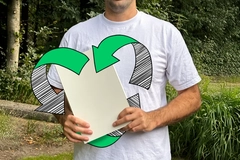Walmart expects to fail on packaging sustainability goals amid “external challenges”

Walmart is expected to fall short of its 2025 packaging sustainability targets. The retail giant cited external challenges, including the scalability of recyclable materials, public policy for materials management systems, infrastructure development, and societal behavior changes as reasons for its shortcomings.
The company set a global goal in 2016 to ensure that all of its private brand packaging would be recyclable by 2025. In 2019, this commitment was expanded to include packaging that is recyclable, reusable, or industrially compostable.
Additionally, it aimed to incorporate at least 17% PCR content in its private brand plastic packaging worldwide, eliminate “problematic or unnecessary” plastic packaging, and transition from single-use materials to reusable models “where relevant” by 2025.
By 2023, 81% of Walmart’s global private brand plastic packaging was designed for recycling, and 68% was considered as recyclable, reusable, or industrially compostable.
“While we have made significant progress toward our ambitious 2025 goals for recycled content, virgin plastic reduction, and packaging recyclability, we expect to fall short of achieving these goals by 2025,” says the company.
Walmart says it will continue to focus on waste reduction efforts that enhance efficiency, conserve resources, and lower emissions as the regulatory landscape for packaging waste evolves.
As of 2024, multiple US states have enacted EPR laws, with nearly a dozen states introducing packaging-specific EPR laws. Walmart has engaged in policy discussions and industry collaborations, co-founding the EPR Leadership Forum.
The Recycling Partnership released a report last year emphasizing that the US private sector must go beyond EPR by designing packaging for recyclability, enhancing collection systems, and capitalizing on opportunities in areas with the greatest material loss.











